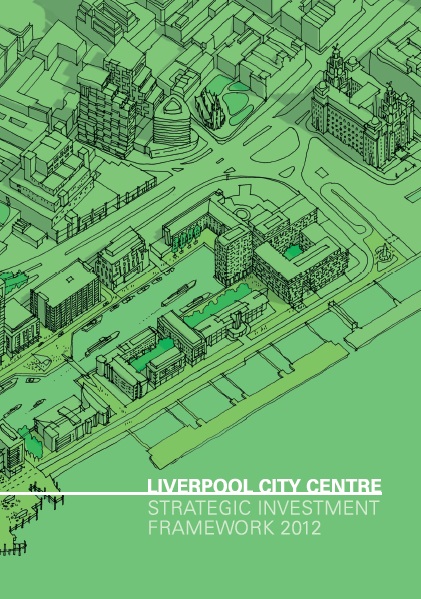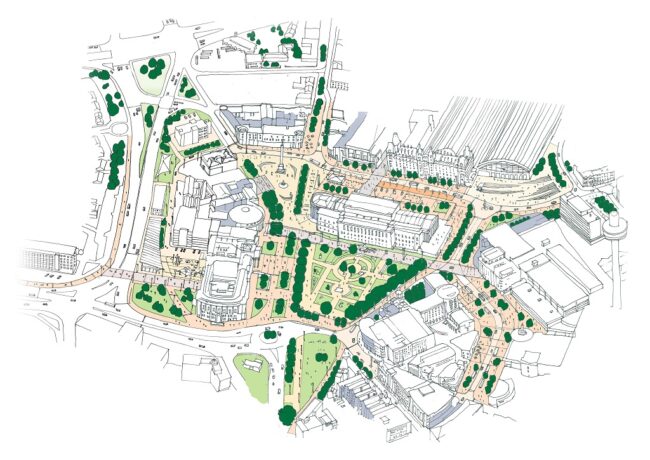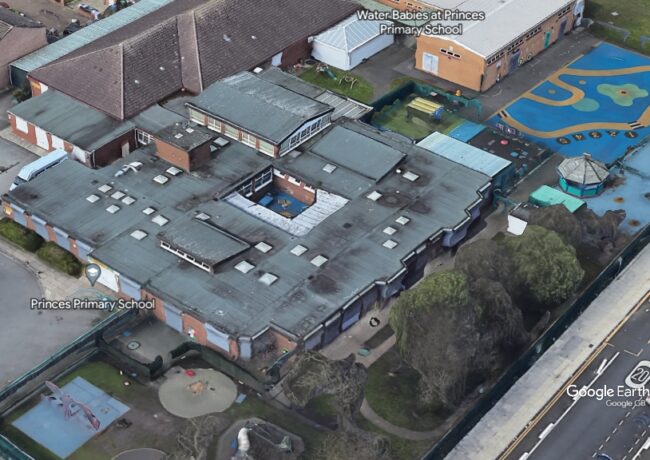Liverpool blueprint puts faith in eventful streets
Recreating the great thoroughfares of the maritime city is a central theme to the much-anticipated masterplan for city centre development in the next 15 years.
 The Liverpool City Centre Strategic Investment Framework was launched on Thursday morning to a gathering of the city's great and good at the BT Convention Centre, itself a twinkle in the eye of the predecessor report produced in 2001.
The Liverpool City Centre Strategic Investment Framework was launched on Thursday morning to a gathering of the city's great and good at the BT Convention Centre, itself a twinkle in the eye of the predecessor report produced in 2001.
Repeating the success of that report – which also predicted St Paul's Square, Unity and 20 Chapel Street, City Square in Moorfields, the revived Pier Head, Lime Street Gateway among other projects – is among the challenges faced by the latest set of targets.
In fact, the new plan includes a few of the undelivered ideas from the 2001 version such as removing flyovers around William Brown Street.
The 140-page report was written for Liverpool Vision by a team led by Drivers Jonas Deloitte and covers a range of issues from infrastructure to enterprise.
Simon Bedford, partner at DJ Deloitte, told delegates this morning the report's scope could be summarised in six "major transformational projects", which are:
Waterfront
- More active waterspaces around Liverpool Marina and Albert Dock
- Re-use of empty HMRC building at Queens Dock
- New international migration museum at Pier Head
- Begin Liverpool Waters, Peel Group's ambitious plan for north docks, starting with King Edward Triangle and Princes Dock
- Extend Arena & Convention Centre Liverpool
- Increase connections across Strand and enliven street scene
St Georges
- Removal of flyovers on Hunter Street next to Birkenhead tunnel entrance, improving links to Liverpool John Moores University campus and Dale Street
- Re-working Queen Square Bus Station to improve pedestrian environment
- Extend St George's Plateau across Lime Street, reducing traffic, "pedestrian prioritised" but not pedestrianised
- Create major civic spaces for large events
- St John's Gardens reconfigured to spill out onto William Brown Street and St John's Lane
- Improve pedestrian crossings to Dale Street and Victoria Street
Central
- Address need post-Liverpool ONE to improve rest of main retail area
- Improve links between Lime Street, Bold Street, Victoria Street
- Tie in Cavern Quarter, Metquarter, St John's shopping centre, Clayton Square into a more coherent offer focused on "independent retail, higher quality offer and buildings"
- Use east-west anchors of Metquarter and Merepark's Central Village
- Better branding, signage, transformed arrival points
- Major interventions around Williamson Square and Whitechapel "to meet modern retail demands"
Knowledge quarter
- Development of former sorting office in Copperas Hill by Liverpool John Moores University as gateway to university area
- Address shortage of student accommodation
- Integrate Hope Street with rest of city centre
- Develop lab space
- New £451m Royal Liverpool University Hospital
- Redevelop LJMU John Foster Building for variety of uses
- Redevelop Pembroke Place and London Road to help Liverpool School of Tropical Medicine expand
- Deliver third phase of Liverpool Science Park
Commercial district
- Increase quality office stock into Pall Mall, complete Princes Dock, start Liverpool Waters, develop vacant sites in Moorfields
- Exploit public sector support such as Enterprise Zone status, City Deal, European funding sources to enable delivery in current market
Great streets: three corridors
- 1. The Strand
- 2. Hope Street
- 3. Water Street / Dale Street / Lime Street
- "More than a public realm project"
- Produce 'civilised' streetscape where walking and cycling take precedence over vehicle movement
- Enliven streets with increased footfall and activity
- Stimulate renovation of "truly inspiring buildings"
The report goes on to describe the need for distinctive residential neighbourhoods such as Ropewalks and Marybone, and to suggest stretching the city centre north of Leeds Street and south to the marina.
The authors recommend extending the underground rail network north towards Liverpool Waters and south with a new station at St James Street, serving Chinatown and the Baltic Triangle.
Cllr Mayor Joe Anderson declined to draw priorities from the broad plan and encouraged business leaders to adopt their favourite ideas, lobbying for those to be delivered first.
On funding, Anderson said central government expenditure was far reduced now but the city had a good relationship with the Coalition and he expected to identify "a host of funding streams to be able respond quickly to opportunities." He also repeatedly emphasised the private sector was expected to come forward to match public finance.
The report was written by Drivers Jonas Deloitte with Amion Consulting, Urban Strategies, Planit-IE, and Stockley.
- A copy of Liverpool City Centre Strategic Investment Framework 2012 is available as a PDF here




